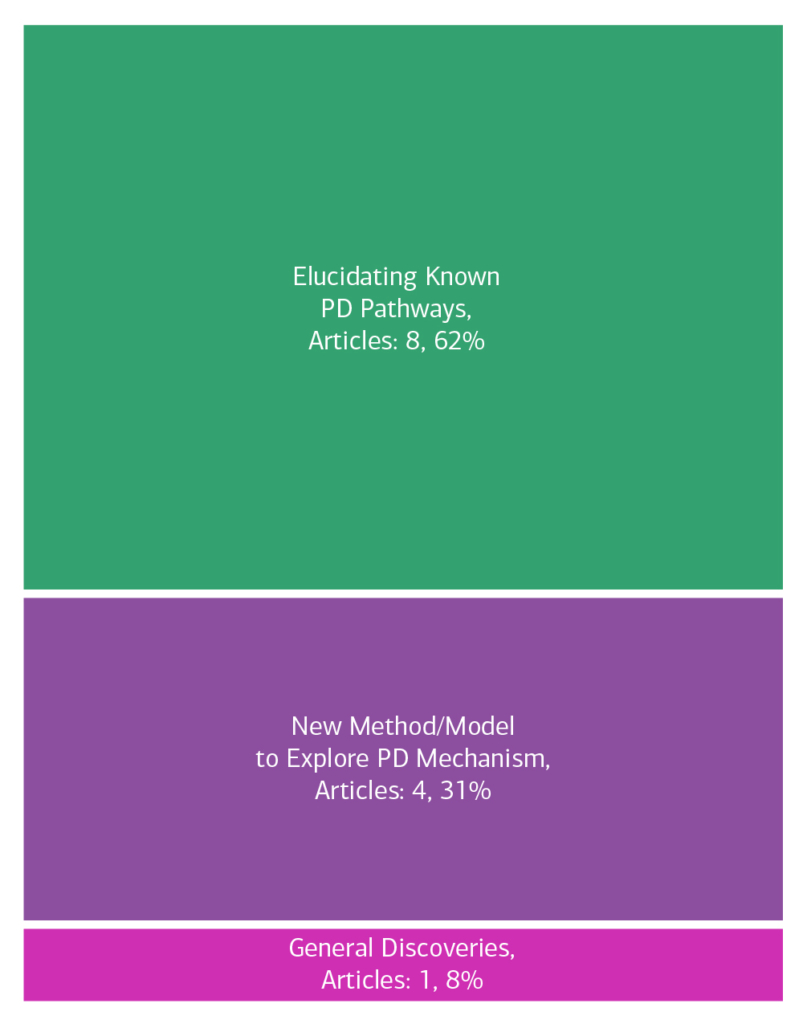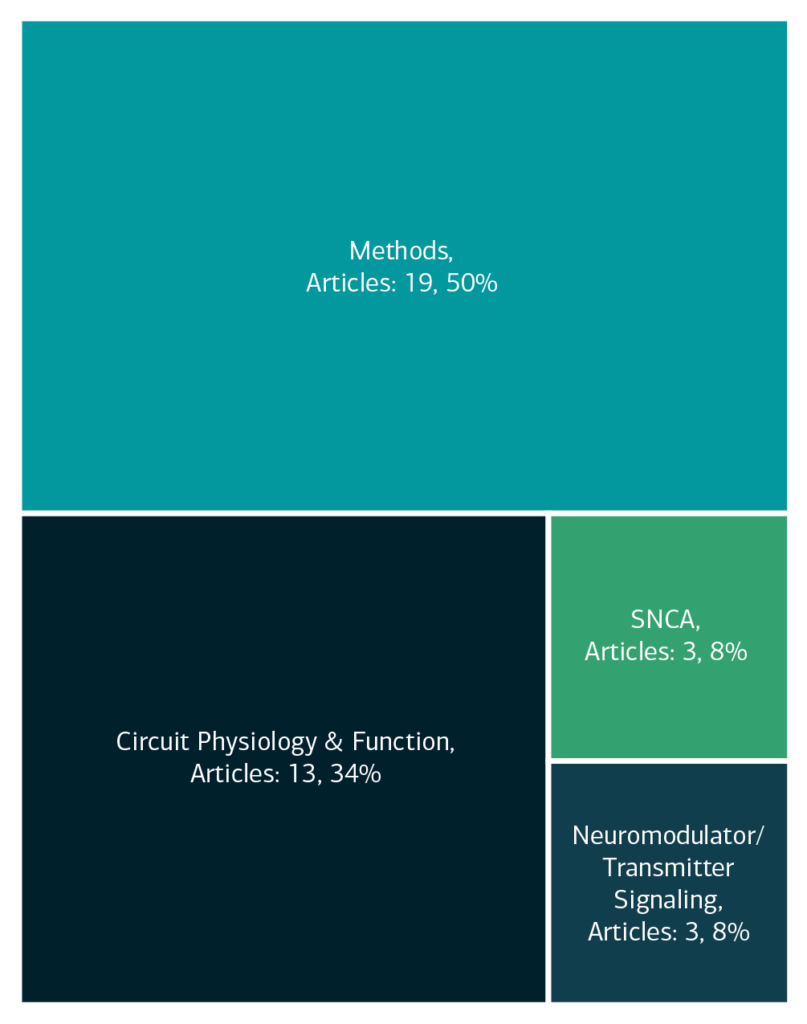Circuitry and Brain-Body Interactions | 2021
Cortical Pathophysiology of Parkinsonism
Study Rationale: The outer mantle of the brain, the cerebral cortex, plays a significant role in selecting and controlling movements. Changes in the activity of cortical neurons are key to disorders of movement, especially Parkinson’s disease (PD). It is unknown, however, which specific cell types are involved and how their activity changes during the course of the disease. In these experiments, Team Wichmann will use new technologies to study large groups of specific types of cortical neurons (for example, those that send fibers to the spinal cord) and explore how their activity and morphology change in animal models of chronic PD.
Hypothesis: Team Wichmann’s hypothesis is that groups of cortical neurons that send fibers to the spinal cord—unlike those that send projections to the striatum—start to show abnormal activity and undergo morphological changes in connections that provide inputs to them when parkinsonism develops.
Study Design: Team Wichmann will measure the anatomical and functional characteristics of neurons in the motor cortex in animal models of slowly progressive PD. Optical imaging methods as well as electrophysiologic recordings will allow the team to measure the activity patterns of large groups of individual cortical neurons, while parallel anatomical studies will identify the reshaping of connections to different families of cortical neurons before and during the development of parkinsonism. Computational analysis will allow Team Wichmann to put the findings together in computer simulations that will help them to understand the cortical circuit abnormalities that contribute to PD.
Impact on Diagnosis: A better understanding of how movement problems in PD develop is key to developing more effective methods to control them. Characterizing the abnormalities in specific families of cortical neurons may allow researchers to develop new therapies that target the affected circuits through deep brain stimulation, pharmacologic, or genetic methods.
Leadership
Project Outcomes
The activity and anatomy of neurons in the brain’s outer mantle, the cortex, are abnormal in Parkinson’s disease. Team Wichmann's studies will help researchers to understand which specific cells or connections are involved in parkinsonism. This knowledge may allow researchers to therapeutically target these circuits through stimulation, pharmacologic, or genetic methods. View Team Outcomes.
Team Outputs
Click the following icons to learn more about the team’s outputs:
Overall Contributions
Here is an overview of how this team’s article findings have contributed to the PD field as of June 2025. There are two different categorizations of these contributions – one by impact to the PD community and a second by scientific category.
Impact

Category

Featured Output
Below is an example of a research output from the team that contributes to the ASAP mission of accelerating discoveries for PD.
Sub-second characterization of locomotor activities of mouse models of Parkinsonism
This study utilized the motion sequencing platform MoSeq to study the spontaneous locomotor activities of mouse models of Parkinson’s disease. The team identified robust changes in the velocity, usage, and temporal organization of behavioral modules in the Parkinsonian state and their responsiveness to L-DOPA.
Team Accolades
Members of the team have been recognized for their contributions.
- Open Science Champions: Hong-Yuan Chu, Anne-Caroline Martel, Damien Pittard
- Network Spotlights: Thomas Wichmann

Other Team Activities
-
Working Groups:
-
Assessment of motor & non-motor PD symptoms – Thomas Wichmann (Co-Chair)
- Comparative Neuroanatomy – Yoland Smith (Chair)
-
In the News
- Aligning Science Across Parkinson’s initiative awards $132 million (Philanthropy News Digest, October 28, 2021)
- Emory receives $6 million grant to accelerate Parkinson’s disease treatment research (Emory University, press release, November 5, 2021)










